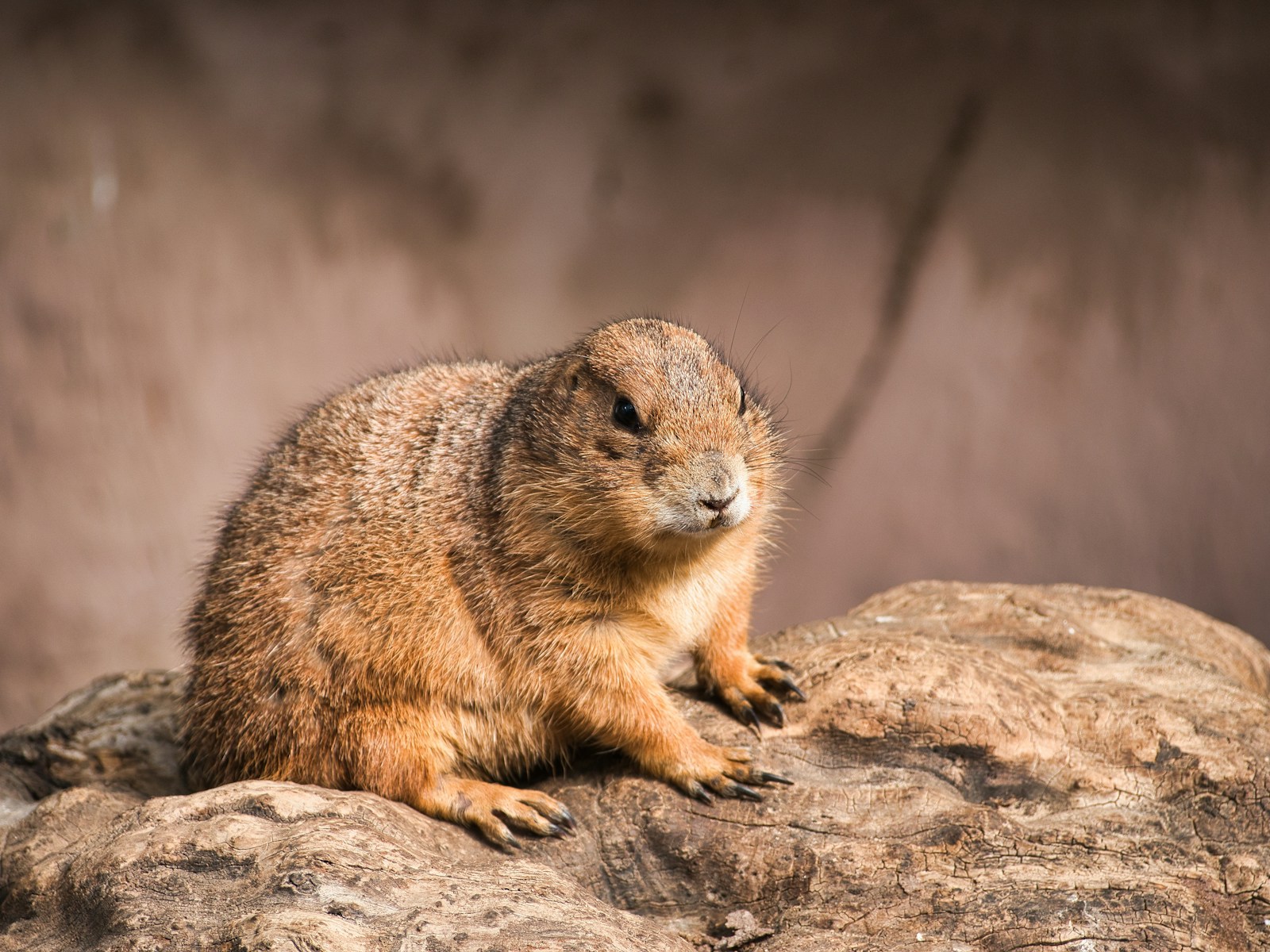Prairie dogs – those adorable, chattering rodents that pop up from their burrows across the North American grasslands – are often dismissed as agricultural pests or viewed simply as cute curiosities. However, these remarkable creatures play a far more significant role in our ecosystems than most people realize. From engineering landscapes to supporting biodiversity, prairie dogs are true ecological keystones whose decline threatens entire ecosystems. This article explores the surprising importance of these small but mighty mammals and why their conservation should matter to us all.
The Misunderstood Ecosystem Engineers
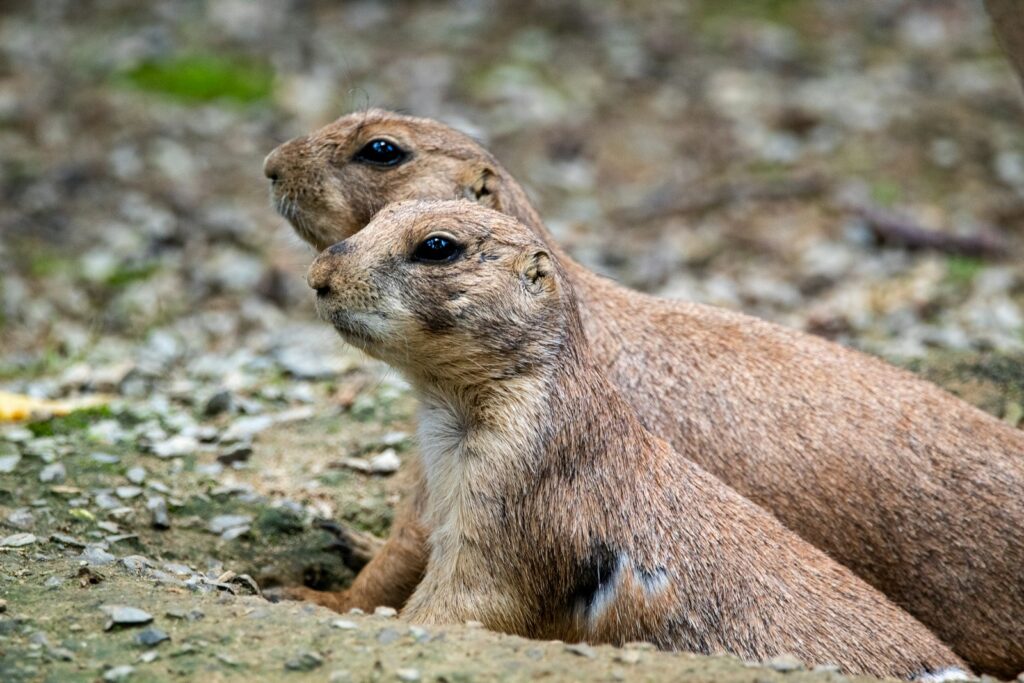
Prairie dogs are among North America’s most important ecosystem engineers, literally reshaping the landscapes they inhabit. Their extensive burrow systems can span hundreds of acres, creating complex underground networks that aerate soil and allow water to penetrate deeper into the ground. These burrowing activities mix soil layers, bringing nutrient-rich deeper soil to the surface while incorporating organic matter below. Additionally, their digging introduces essential minerals to the surface that would otherwise remain inaccessible to plants. Far from being simple holes in the ground, prairie dog colonies represent sophisticated bioengineering that has evolved over millions of years to create habitat complexity essential for grassland health.
The Five Species of Prairie Dogs
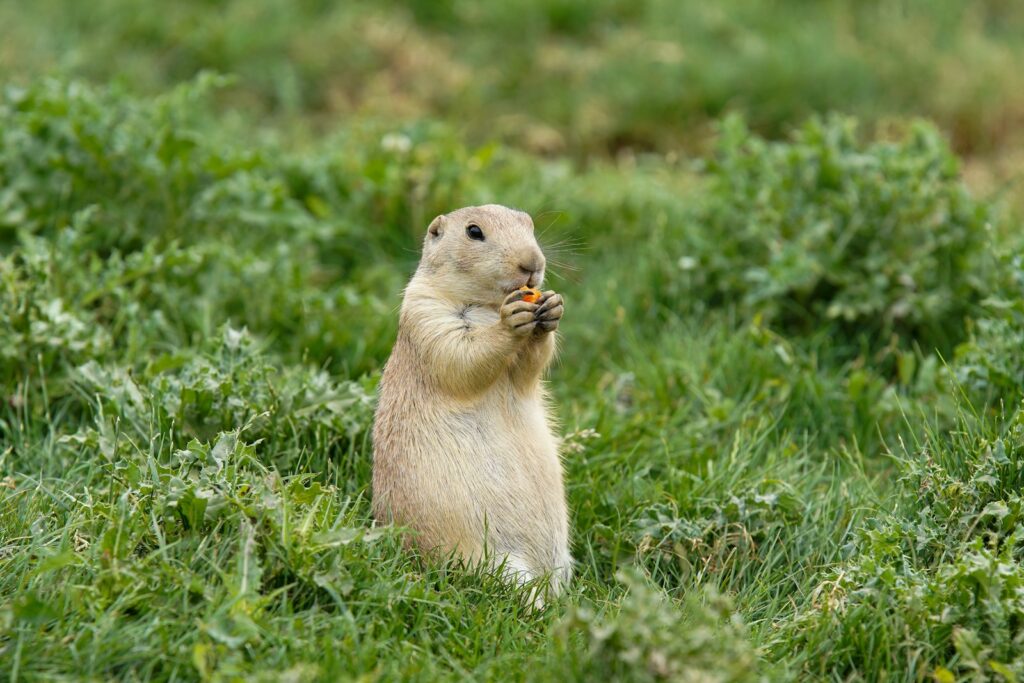
Not all prairie dogs are the same – North America is home to five distinct species, each adapted to specific regions and habitats. The black-tailed prairie dog is the most widespread and familiar, historically ranging across the Great Plains from Canada to Mexico. The white-tailed prairie dog inhabits higher elevation areas in Colorado, Utah, Wyoming, and Montana, while the Gunnison’s prairie dog prefers the mountainous regions of the Four Corners area. The Utah prairie dog, found only in southwestern Utah, is currently listed as threatened under the Endangered Species Act. The Mexican prairie dog, endemic to northern Mexico, is critically endangered with only a fraction of its historic population remaining. Each species plays a unique ecological role in its native range, making their collective conservation all the more important.
Biodiversity Hotspots on the Prairie
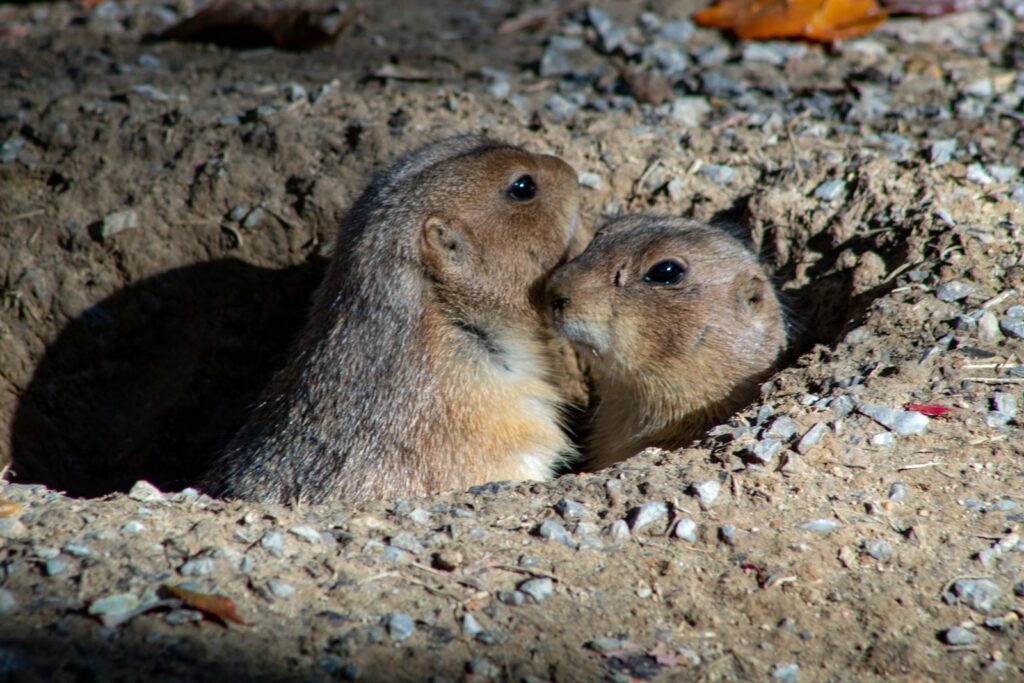
Prairie dog colonies function as biodiversity hotspots, supporting an astonishing array of other species. More than 150 vertebrate species benefit from or depend upon prairie dog colonies in some way, making these areas true hubs of prairie biodiversity. The black-footed ferret, North America’s most endangered mammal, relies almost exclusively on prairie dogs as prey and their burrows for shelter. Burrowing owls frequently move into abandoned prairie dog holes, saving the energy of digging their own nests. Swift foxes, mountain plovers, and ferruginous hawks all show strong associations with prairie dog towns. Even rattlesnakes, badgers, and coyotes utilize these colonies as hunting grounds. This remarkable concentration of life makes prairie dog colonies akin to coral reefs of the grasslands – areas of extraordinary biological richness.
Plant Diversity and Prairie Health
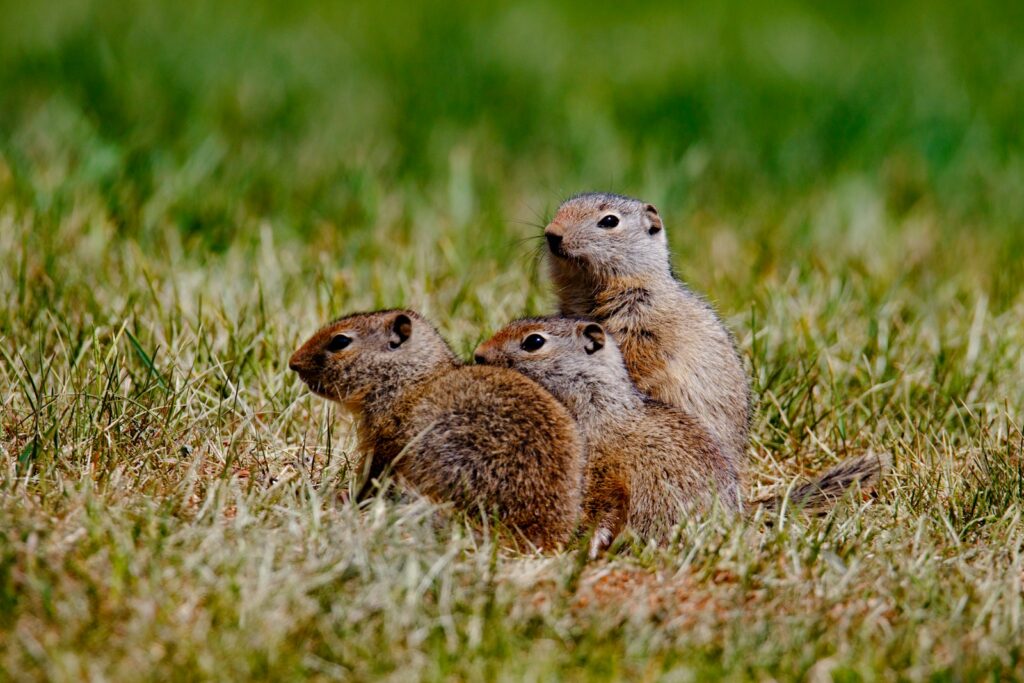
Contrary to popular belief that prairie dogs decimate vegetation, these rodents actually increase plant diversity in the areas they inhabit. Their grazing patterns create a mosaic of vegetation at different heights and successional stages across the landscape. Prairie dogs preferentially consume taller grasses and certain forbs, giving competitive advantages to other plant species that might otherwise be crowded out. Research has documented significantly higher plant species richness within prairie dog colonies compared to adjacent grasslands without them. Additionally, their selective grazing helps prevent woody plant encroachment that threatens grassland ecosystems. Through these activities, prairie dogs function as natural land managers, maintaining the open character and diverse plant communities that define healthy prairies.
The Remarkable Social Structure of Prairie Dog Towns
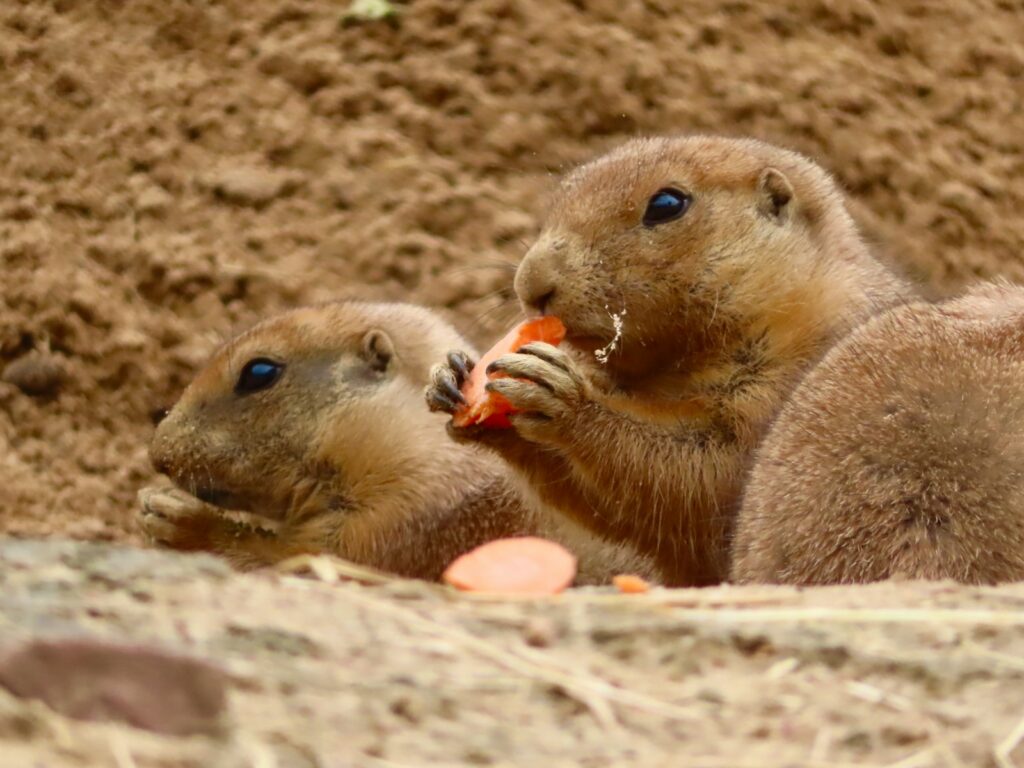
Prairie dogs live in highly organized social groups with complex communication systems that rival those of many primates. Their colonies, often called “towns,” consist of family groups called coteries that typically include one adult male, several females, and their young offspring. These coteries vigorously defend their territory against neighboring groups, creating a patchwork of family-based territories across the larger colony. Prairie dogs maintain elaborate burrow systems with specialized chambers for sleeping, raising young, storing food, and even designated toilet areas. Their social bonds are reinforced through greeting behaviors that include “kissing” and grooming. This sophisticated social structure supports information sharing, predator detection, and resource management across the colony, creating resilient communities that can persist for decades when undisturbed.
Prairie Dog Communication: The Most Complex Animal Language?
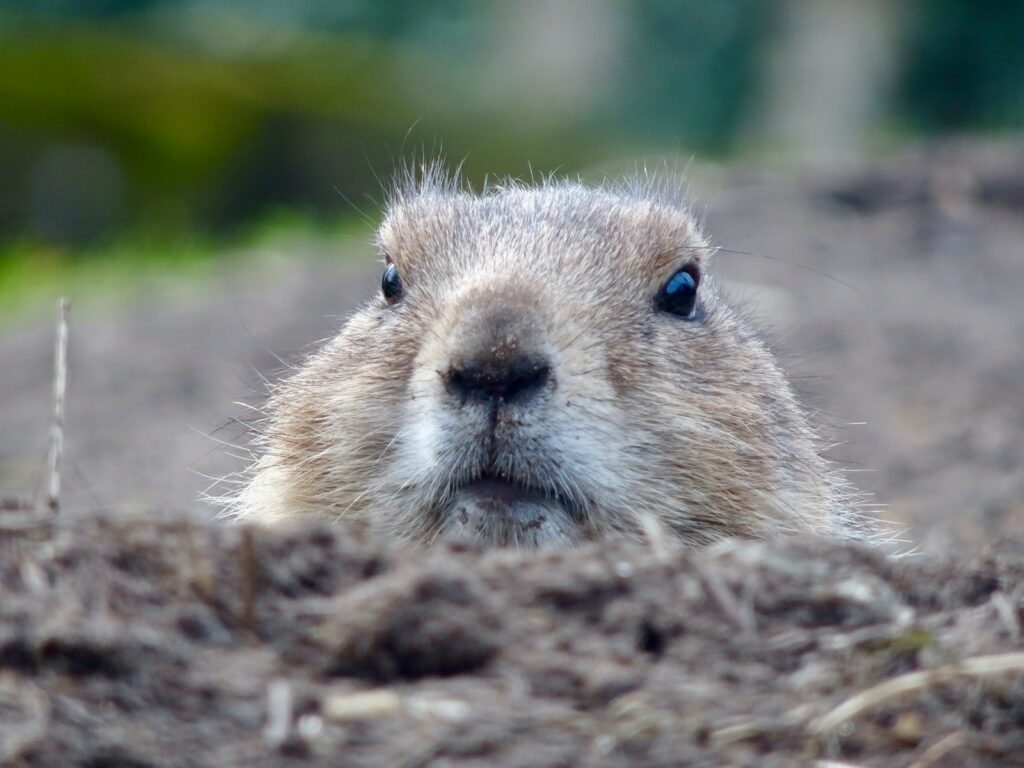
Prairie dogs possess what may be the most sophisticated vocal communication system of any non-human animal studied to date. Researcher Dr. Con Slobodchikoff and his team have documented that prairie dogs use different alarm calls not only for different predator types but can communicate specific information about a predator’s size, shape, color, speed, and direction of movement. Their calls essentially function as descriptive sentences rather than simple alarm signals. Prairie dogs can distinguish between hawks and humans, coyotes and domestic dogs, and even between humans wearing different colored shirts. This remarkable communication ability allows colony members to respond appropriately to various threats, taking different evasive actions based on the specific information conveyed. Their communication extends beyond vocal signals to include visual cues, tail positions, and body movements that convey complex social information throughout the colony.
Historical Abundance and Devastating Decline
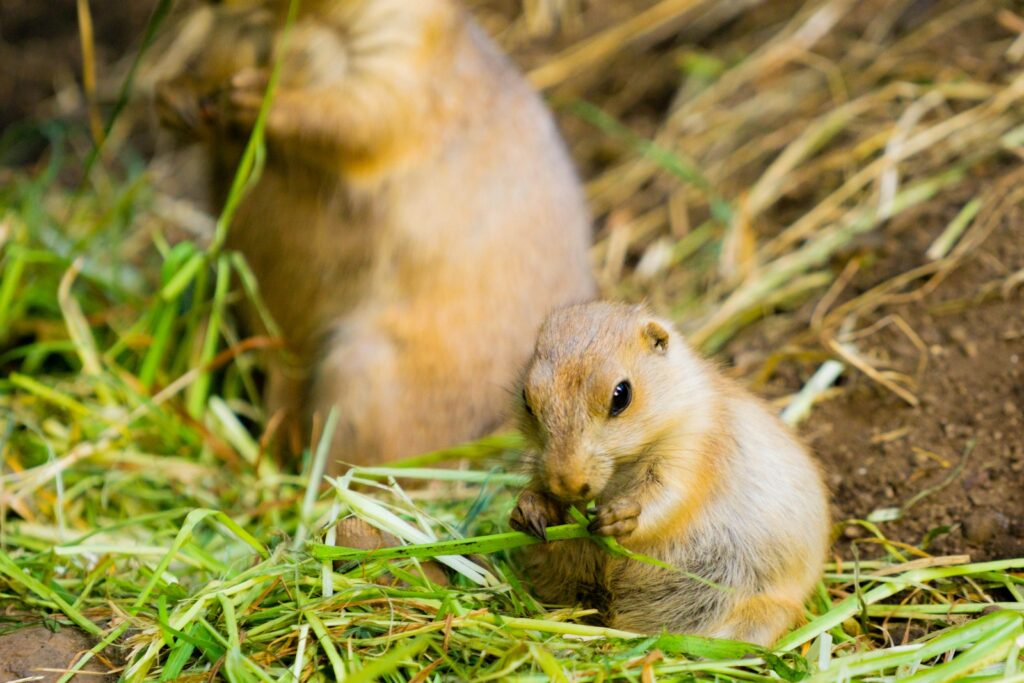
The historical abundance of prairie dogs across North America was staggering by today’s standards. Early explorers and settlers described prairie dog towns that stretched for miles, with the largest documented colony covering 25,000 square miles across Texas and spanning an estimated 400 million individual animals. Today, prairie dog populations have declined by over 95% from their historical numbers due to habitat conversion, systematic poisoning campaigns, recreational shooting, and plague. The black-tailed prairie dog now occupies less than 2% of its original range, while other species face even more precarious situations. This collapse represents one of North America’s most dramatic wildlife declines, yet it has occurred largely without public awareness or concern. The ecological consequences of this massive population reduction continue to ripple through grassland ecosystems.
Plague: An Invasive Disease Threatening Colonies
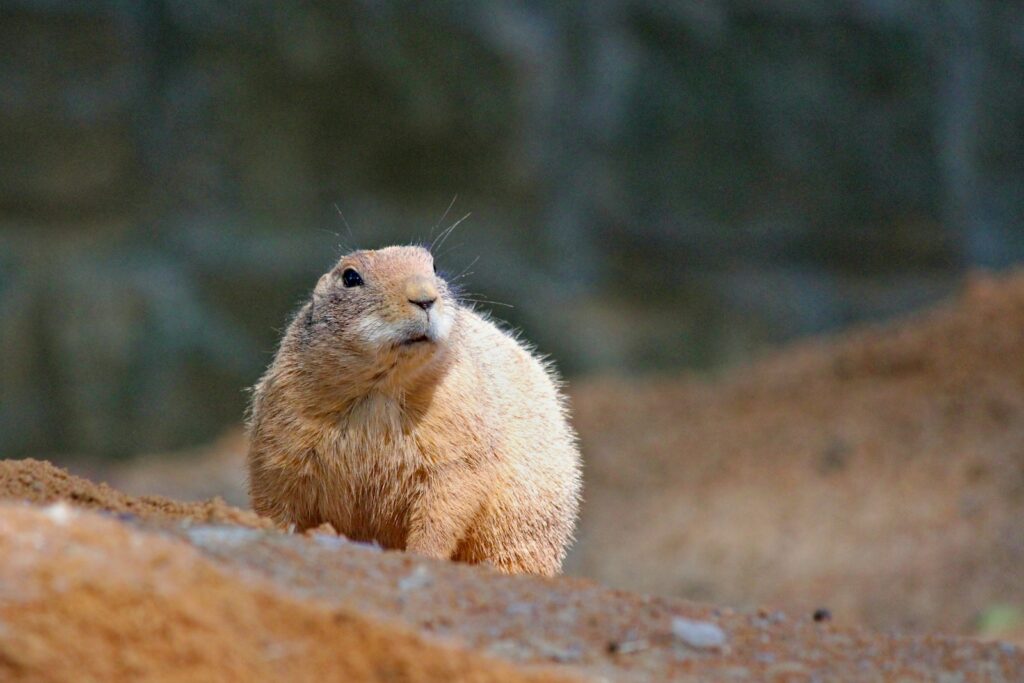
Prairie dog populations face an ongoing threat from sylvatic plague, an introduced disease to which they have little natural resistance. This bacterial disease, caused by Yersinia pestis (the same pathogen responsible for bubonic plague in humans), was accidentally introduced to North America around 1900 and has devastating effects on prairie dog colonies. Plague outbreaks can kill more than 95% of a colony’s population within weeks, essentially wiping out entire communities. Unlike some rodent species that have evolved alongside plague in Eurasia, North American prairie dogs have no evolutionary history with the disease and thus minimal immunity. Conservation efforts now include experimental plague vaccines delivered through baited food items and insecticide treatments to control fleas that spread the disease. These interventions represent crucial steps in addressing one of the most significant threats to prairie dog survival and recovery.
Economic Benefits of Prairie Dog Conservation
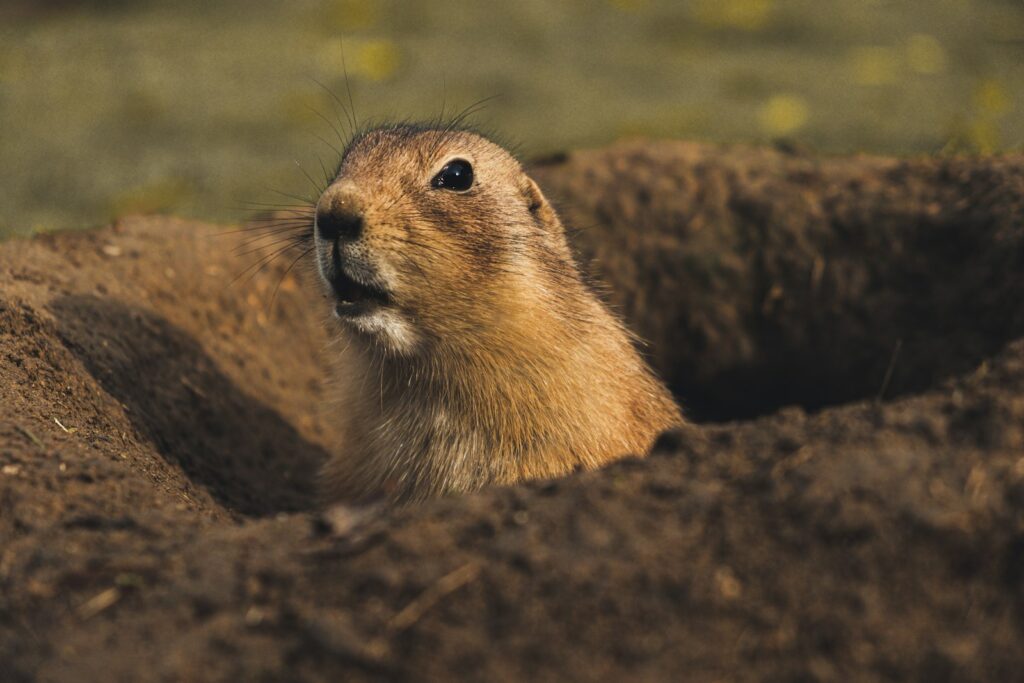
Conserving prairie dogs creates tangible economic benefits that are often overlooked in discussions about these animals. Healthy prairie dog colonies improve soil fertility and water infiltration, increasing the long-term productivity of rangelands when managed appropriately. The wildlife viewing opportunities associated with prairie dog towns generate tourism revenue in many western states, with dedicated wildlife watchers traveling specifically to observe these colonies and their associated species. Conservation jobs related to prairie dog management and recovery efforts provide employment in rural communities. Additionally, the ecosystem services provided by prairie dog colonies, including carbon sequestration, erosion control, and groundwater recharge, deliver economic value that economists are only beginning to quantify. When these broader benefits are considered, the economic case for prairie dog conservation becomes much stronger than traditional perspectives might suggest.
Living with Livestock: Myths and Management
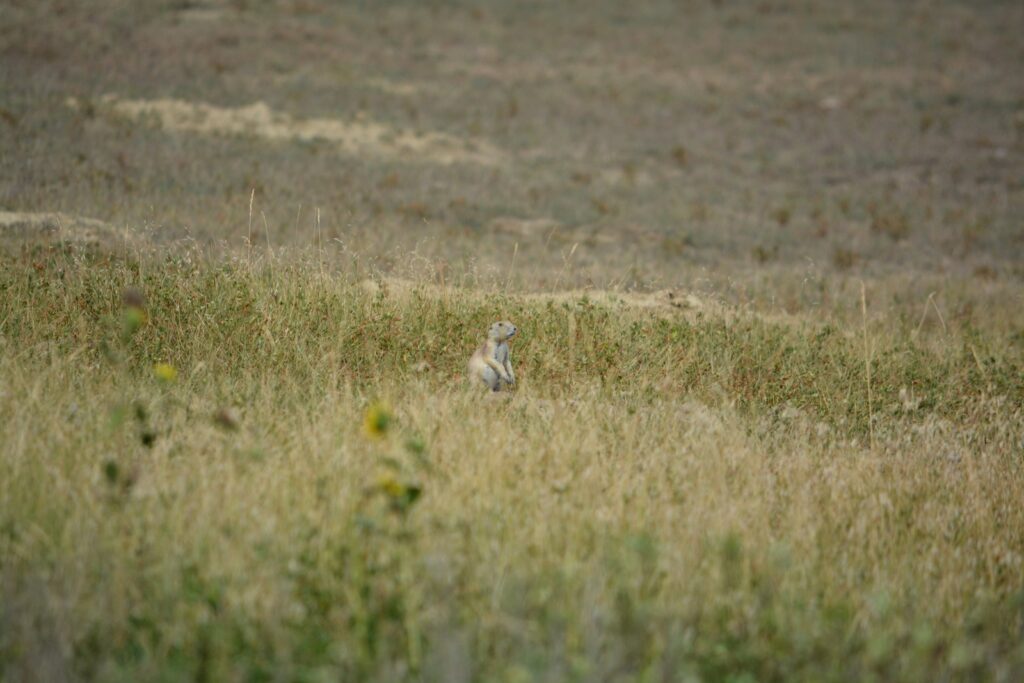
The relationship between prairie dogs and livestock is more complex than commonly portrayed in ranching communities. While prairie dogs do compete with cattle for forage in some situations, research shows this competition is often exaggerated. Studies indicate that properly managed grazing can be compatible with prairie dog colonies, and in some cases, cattle may even benefit from the nutritious regrowth of vegetation found in prairie dog towns. Modern management approaches now focus on coexistence strategies rather than elimination, including timing cattle rotations to minimize competition and maintaining buffer zones between colonies and sensitive agricultural areas. Some progressive ranchers have found that maintaining limited prairie dog populations on their properties improves overall rangeland health and resilience. These evolving perspectives represent an important shift toward more science-based management that balances agricultural needs with ecological function.
Conservation Efforts and Recovery Initiatives
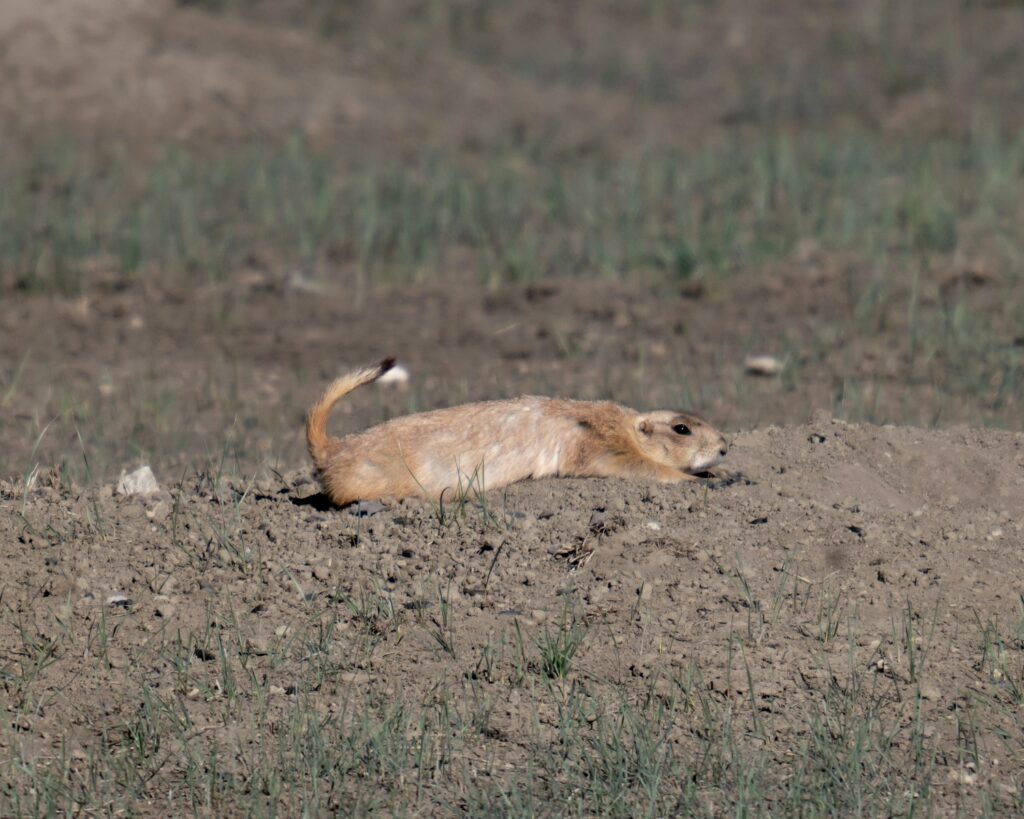
Despite the challenges they face, prairie dog conservation efforts are gaining momentum across their range. Organizations like the Prairie Dog Coalition, Defenders of Wildlife, and regional conservation groups are working to protect remaining colonies and restore populations where possible. These efforts include land acquisition, conservation easements, and translocation programs that move prairie dogs from conflict areas to protected habitats. The American Prairie Reserve in Montana represents one of the most ambitious restoration projects, working to establish landscape-scale protected areas where prairie dogs can fulfill their ecological role. Some tribal nations, including the Blackfeet and Fort Belknap Indian Communities, have established prairie dog protection areas on their lands, recognizing both the ecological and cultural significance of these animals. While significant challenges remain, these diverse conservation initiatives demonstrate growing recognition of prairie dogs’ keystone role.
Cultural Significance to Indigenous Peoples
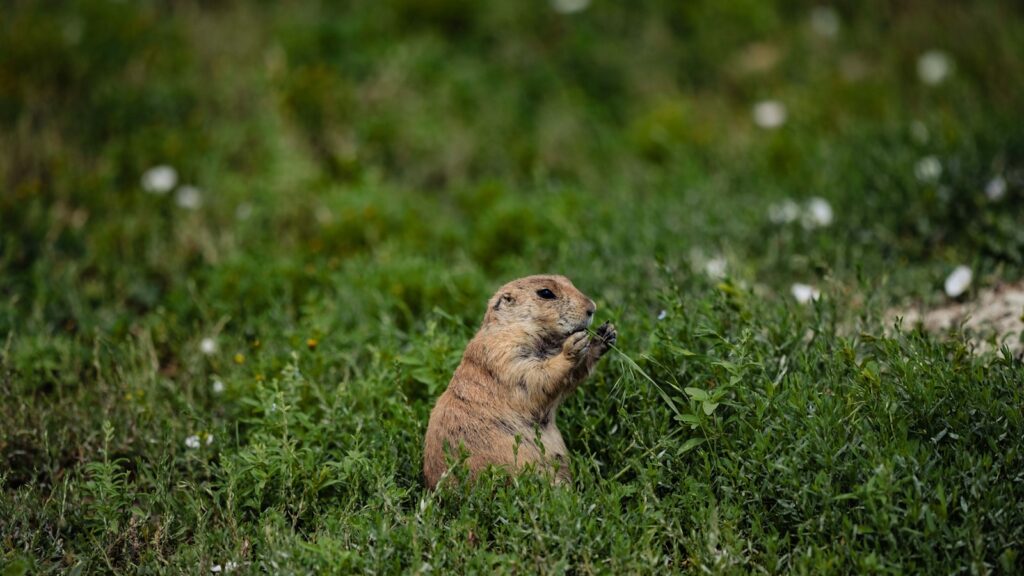
Prairie dogs hold important cultural significance for many Indigenous peoples whose territories overlap with prairie dog range. Several Plains tribes incorporate prairie dogs into their traditional stories, songs, and ceremonies, recognizing these animals as clever beings with important spiritual qualities. The Lakota, Blackfeet, and other tribes traditionally hunted prairie dogs for food and used their skins for ceremonial purposes, developing specialized hunting techniques and preparation methods. Indigenous knowledge systems often recognized the ecological relationships between prairie dogs and other species long before Western science documented these connections. Today, some tribal wildlife departments are leading the way in prairie dog conservation, integrating traditional ecological knowledge with contemporary conservation science. These cultural connections provide additional dimensions to prairie dog conservation beyond purely ecological considerations, acknowledging the deep historical relationships between these animals and human communities.
Climate Change Resilience and Prairie Dogs
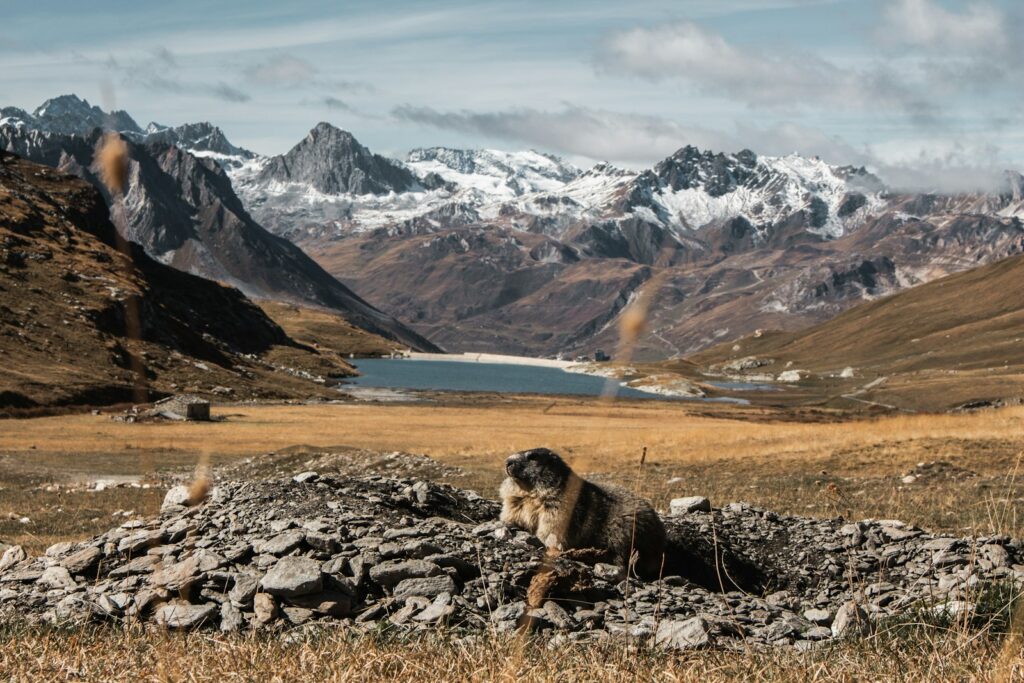
Prairie dogs may play an unexpected role in helping grassland ecosystems adapt to climate change. Their burrowing activities increase soil carbon storage by incorporating organic matter deeper into the soil profile where it decomposes more slowly. The vegetation patterns they create through grazing help maintain diverse plant communities that can respond differently to changing precipitation and temperature patterns, increasing overall ecosystem resilience. Prairie dog burrows provide microclimate refuges for numerous other species during extreme weather events, which are becoming more common with climate change. Additionally, their engineering activities improve water infiltration and reduce runoff, helping grasslands cope with both drought and intense rainfall events. As climate change continues to affect North American grasslands, maintaining functional prairie dog colonies may become increasingly important for preserving ecosystem adaptation capacity and resilience.
Conclusion
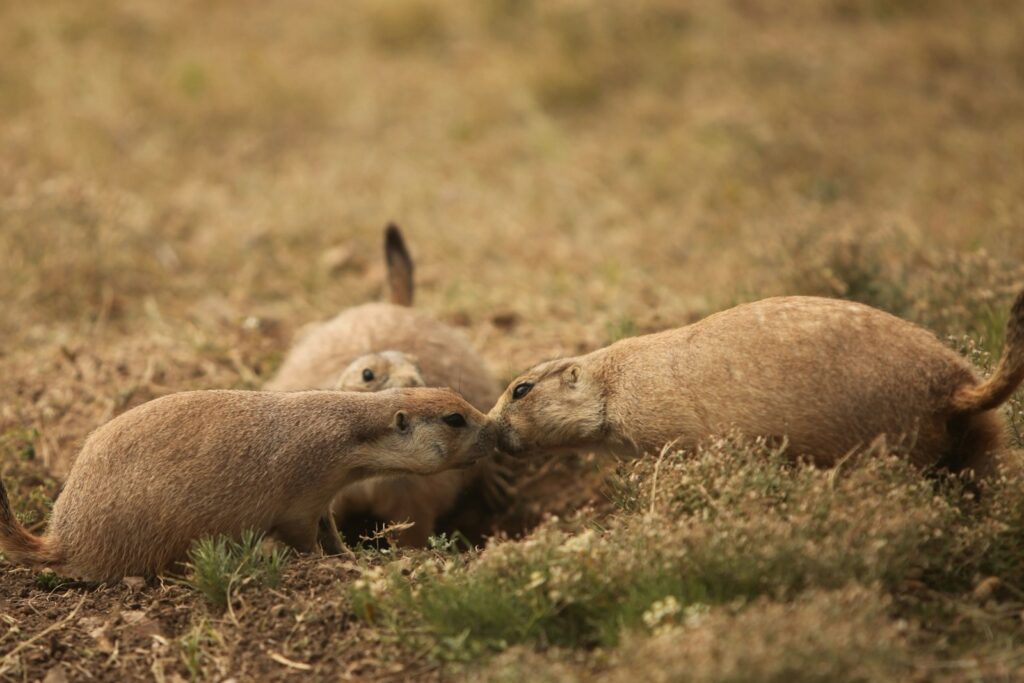
Far from being simple pests or cute curiosities, prairie dogs represent one of North America’s most ecologically significant native species. Their complex social lives, remarkable communication abilities, and profound ecosystem engineering make them true keystone species whose influence extends throughout grassland communities. The dramatic decline of prairie dogs over the past century represents not just the loss of a charismatic wildlife species, but the unraveling of ecological relationships that evolved over millennia. By recognizing and protecting the ecological value of prairie dogs, we take an important step toward preserving the rich biodiversity and function of North America’s imperiled grassland ecosystems for future generations.

